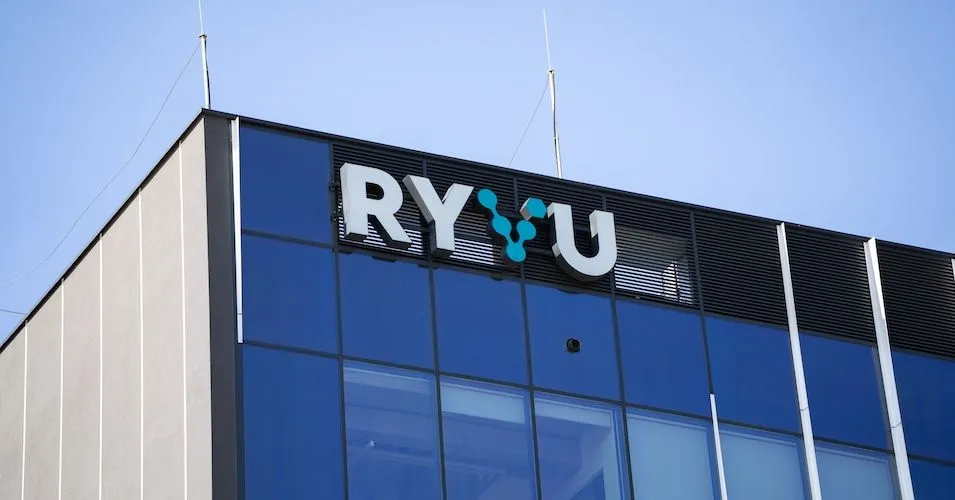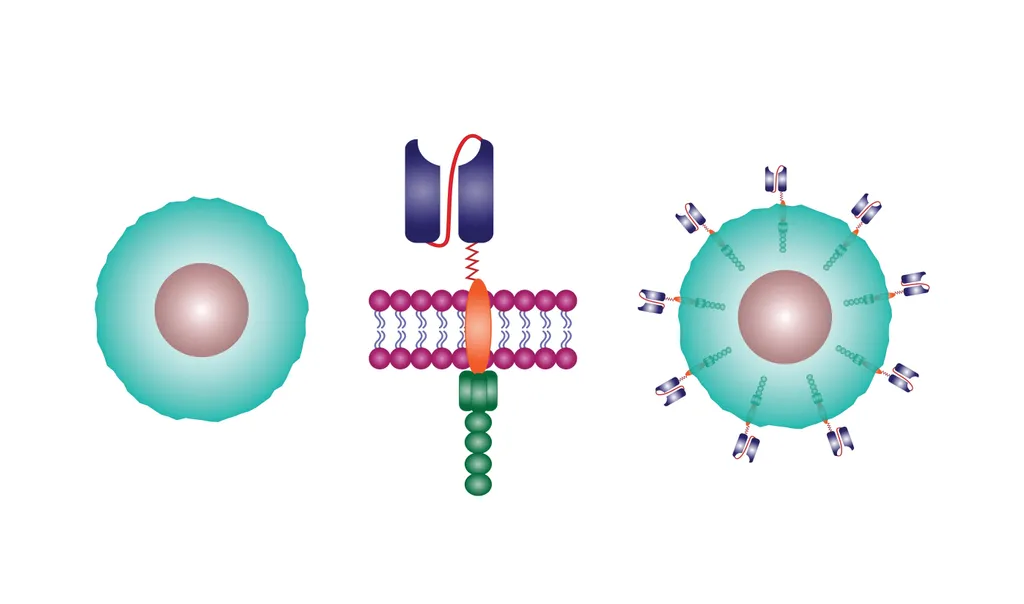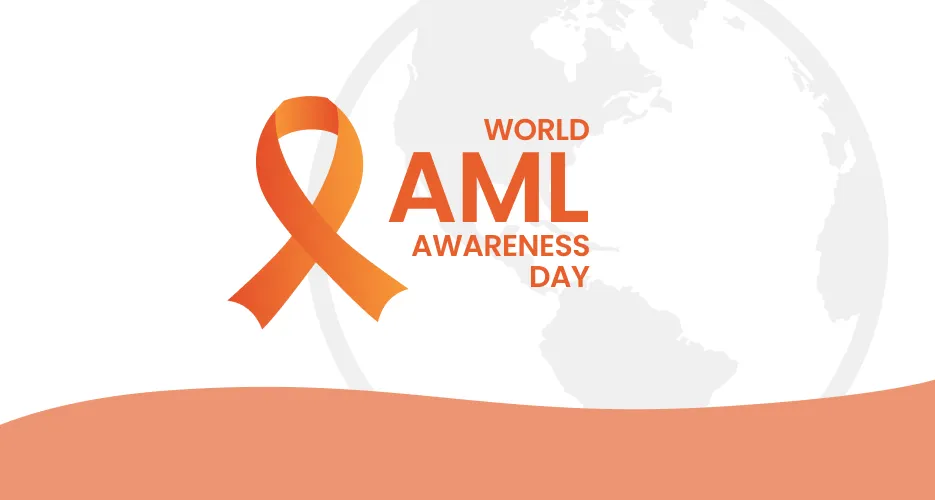Nexavar (Sorafenib) Shows Relapse-Free Success When Used After Transplant

When treating AML, a stem cell transplant is generally the most successful option. Yet, 30%-40% of patients will relapse. Maintenance therapies post-transplant can be effective in their ability to delay relapse. “Targeted therapies alone or in combination with low-dose or high-intensity chemotherapy have improved the outcome of patients with AML treated in the frontline and relapsed/refractory settings.”
Treating FLT3 Positive AML
There are a few lines of treatment available to prevent relapse. The long-term follow-up treatment with Nexavar (sorafenib, an oral chemotherapy drug) has been shown to improve survival for patients with the FLT3 mutation. This mutation occurs in approximately 25% of adults with AML.
The FLT3 mutation causes “shorter periods of remission and leads to higher rates of relapse.” Researchers have found that a stem cell transplant “improves survival rates for patients, but because leukemia relapses are common, the authors advise that implementing Nexavar is beneficial.”
The development of targeted therapies has been critical to the remission of AML. Maintenance medications are a vital step to treatment post-transplant. Especially for those patients that are at high risk for relapse.
- The use of “azacitidine and decitabine remains the most commonly adopted non-targeted strategy for the prevention of post-transplant relapse owing in part to their acceptable safety profile.”
- An experiment showed that sorafenib reduced the expression of leukemic cells. Dose recommendation is 400 mg twice daily after transplant.
- Gilteritinib is an effective and tolerable FLT3 inhibitor (especially after treatment with midostaurin). “Gilteritinib was recently approved for use in the relapsed/refractory setting and was chosen for evaluation as post-transplant maintenance owing to its safety profile and potent inhibition of FLT3.”
The results of a recent study showed that Nexavar maintenance after transplantation was sustained with an overall five year survival rate of 72%. Patients receiving sorafenib could reduce the risk of early relapse. “In addition to the direct anti-leukemia effect of sorafenib, a possible synergistic effect with alloreactive donor T cells in facilitating long-term disease control has been suggested.”
Sorafenib can be given 30-60 days after transplant and continue until day 180
When taking sorafenib, watch for serious side effects: chest pain (or heart attack), nausea, pain in your arms, jaw, neck or back. Troubled breathing, sweating or vomiting are also cause for concern. Keep in touch with your physician.
When treating AML, a stem cell transplant is generally the most successful option. Yet, 30%-40% of patients will relapse. Maintenance therapies post-transplant can be effective in their ability to delay relapse. “Targeted therapies alone or in combination with low-dose or high-intensity chemotherapy have improved the outcome of patients with AML treated in the frontline and relapsed/refractory settings.”
Treating FLT3 Positive AML
There are a few lines of treatment available to prevent relapse. The long-term follow-up treatment with Nexavar (sorafenib, an oral chemotherapy drug) has been shown to improve survival for patients with the FLT3 mutation. This mutation occurs in approximately 25% of adults with AML.
The FLT3 mutation causes “shorter periods of remission and leads to higher rates of relapse.” Researchers have found that a stem cell transplant “improves survival rates for patients, but because leukemia relapses are common, the authors advise that implementing Nexavar is beneficial.”
The development of targeted therapies has been critical to the remission of AML. Maintenance medications are a vital step to treatment post-transplant. Especially for those patients that are at high risk for relapse.
- The use of “azacitidine and decitabine remains the most commonly adopted non-targeted strategy for the prevention of post-transplant relapse owing in part to their acceptable safety profile.”
- An experiment showed that sorafenib reduced the expression of leukemic cells. Dose recommendation is 400 mg twice daily after transplant.
- Gilteritinib is an effective and tolerable FLT3 inhibitor (especially after treatment with midostaurin). “Gilteritinib was recently approved for use in the relapsed/refractory setting and was chosen for evaluation as post-transplant maintenance owing to its safety profile and potent inhibition of FLT3.”
The results of a recent study showed that Nexavar maintenance after transplantation was sustained with an overall five year survival rate of 72%. Patients receiving sorafenib could reduce the risk of early relapse. “In addition to the direct anti-leukemia effect of sorafenib, a possible synergistic effect with alloreactive donor T cells in facilitating long-term disease control has been suggested.”
Sorafenib can be given 30-60 days after transplant and continue until day 180
When taking sorafenib, watch for serious side effects: chest pain (or heart attack), nausea, pain in your arms, jaw, neck or back. Troubled breathing, sweating or vomiting are also cause for concern. Keep in touch with your physician.

about the author
Lisa Foster
Lisa Foster is a mom of 3 daughters and 1 perfect grandchild, a puzzle lover, writer and HealthTree advocate. She believes in the mission of the foundation and the team that builds it forward. She calls Houston, Texas home.
More on Clinical Trials
Trending Articles

Get the Latest Acute Myeloid Leukemia Updates, Delivered to You.
By subscribing to the HealthTree newsletter, you'll receive the latest research, treatment updates, and expert insights to help you navigate your health.













